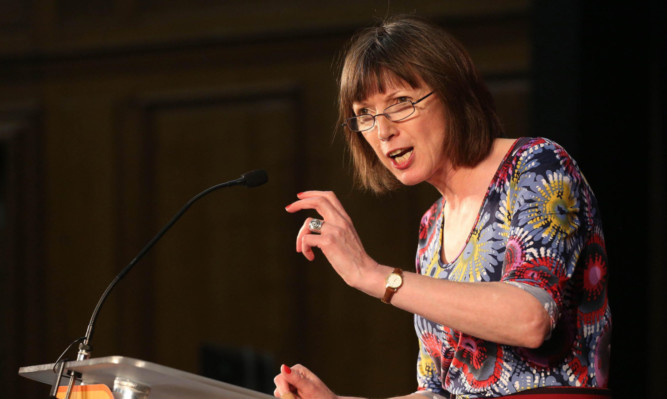Banks and building societies have leant less cash to businesses despite drawing down billions from a flagship scheme designed to stimulate growth in Britain’s economy.
Organisations participating in the Funding for Lending Scheme (FLS) shrunk net lending by £300 million in the first quarter of the year, although the pace of decline eased from three months earlier.
Part-nationalised Lloyds Banking Group lent almost £1 billion less during the quarter, despite having borrowed £3bn from the Bank of England (BoE) and Treasury scheme.
Taxpayer-backed RBS also shrunk its net lending by £1.6bn in the quarter, but has borrowed £750m from the scheme.
A total of 40 participating lenders have so far drawn £16.5bn from the scheme with borrowing increasing by £2.6bn during the latest quarter.
But their overall lending has shrunk by a net £1.8bn since FLS was launched in August.
The scheme which offers lenders discounted loans in return for boosting the flow of credit in the economy was recently extended following criticism over its effectiveness of getting loans to small businesses.
Paul Fisher, executive director for markets at BoE, said the net lending fall was “broadly as expected”.
He said: “The plans of the FLS participants suggest that net lending volumes will pick up gradually through the remainder of 2013.”
John Longworth, director general of the British Chambers of Commerce, said FLS had yet to fully prove its usefulness in encouraging growth within the economy.
He said: “The real test for Funding for Lending is whether it is able to get credit flowing to young and fast-growing businesses.
“Unfortunately many of these growth firms are still being left out in the cold when it comes to accessing finance, which prevents them from expanding, creating jobs and helping to drive a business-led recovery.”
TUC general secretary Frances O’Grady said FLS was failing to provide the support small businesses so desperately needed.
“It seems that some banks are just using the Funding for Lending to improve their capital position.
“This is why we need a properly resourced state investment bank that can provide the assistance firms need to grow and create jobs.”
Lloyds defended its position saying its decline in lending was solely down to the shrinking of its “non-core” book.
A spokesman said: “We have been growing our SME lending by 4% a year, on a net basis, and we have also pledged to increase our new lending to first-time buyers to £6.5bn in 2013 compared to £6bn last year.”
RBS said it continued to “punch above our weight” on lending to businesses.
A spokesman said: “RBS has increased lending to the real economy by nearly £1bn in the first quarter of 2013, which includes a £600m increase in our business lending our strongest performance since the scheme launched.”
